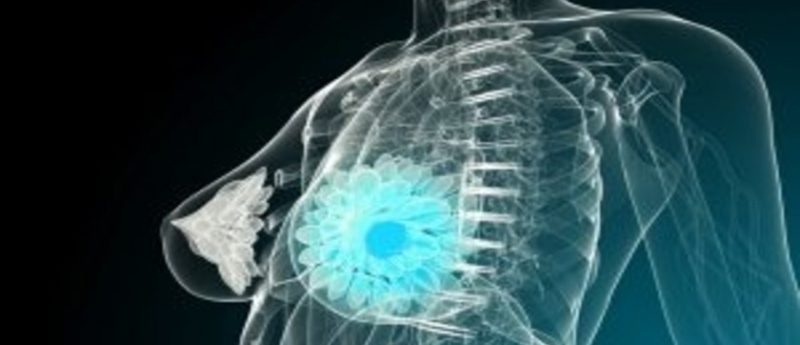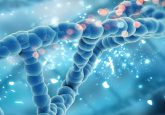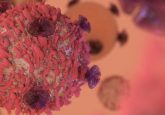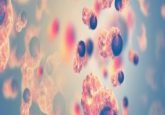Study identifies two genes that may be linked to breast cancer survival

Scientists from the Institute of Cancer Research (ICR; London, UK) have determined that tumors with specific patterns of activity in two genes – the F12 gene and the STC2 gene – were three times as likely to die within 10 years when compared with tumors with different patterns of activity.
The research, funded by the ICR and Breast Cancer Now, could be utilized to identify new targets for cancer treatment or to develop tests for aggressive breast cancers.
The team observed this particular pattern of gene activity among breast cancer cells with the particular ability to escape the extracellular matrix, suggesting that these genes could play a key role in releasing cancerous cells, facilitating metastatic spread throughout the body.
The study, recently published in Oncotarget, examined the adhesion properties of human HER2-amplified breast cancer cell lines. A novel image-based screening technique was developed and utilized in order to identify cancer cells that did not adhere to laminin.
They observed that these cells that did not adhere frequently possessed high activity of the F12 gene and low activity of the STC2 gene. Both of these genes are associated with cell motility and molecular pathways linked to cytokine signaling and inflammation.
This pattern of gene activity was analyzed among 1964 samples of breast cancer, where the researchers demonstrated that the pattern was strongly linked to survival. Women that possessed tumors with high F12 activity and low STC2 activity had a 32% chance of dying within 10 years. Conversely, those with low F12 and high STC2 activity only had a 10% chance of dying.
Further research is required to establish how these particular genes interact with the extracellular matrix, allowing cancer cells to proliferate and spread. However, this study demonstrates the potential of such in vitro cell adhesion screens as a novel approach for identifying prognostic factors of breast cancer outcome.
Paul Huang, leader of the protein networks team at ICR, commented: “…Our study sheds light on how cancer cells unstick themselves from healthy tissue, and it could help pick out women at high risk of their cancer spreading and becoming fatal.”
“We found that the activity of two genes which may help control how tightly cells are glued together is linked to breast cancer survival. If the results are confirmed in larger studies, it could give us a new way of assessing women’s survival chances in the clinic, and adjusting treatment accordingly,” explained Huang.
Paul Workman, Chief Executive of ICR stated: “…This new study helps us understand some of the processes that control how breast cancers spread, and identifies a pattern of genetic activity that could be used to pick out women particularly at risk.”
Sources: Todd JR, Ryall KA, Vyse S et al. Systematic analysis of tumour cell-extracellular matrix adhesion identifies independent prognostic factors in breast cancer. Oncotarget. DOI: 10.18632/oncotarget.11307, (2016) (Epub ahead of print); Study links two genes to breast cancer survival




